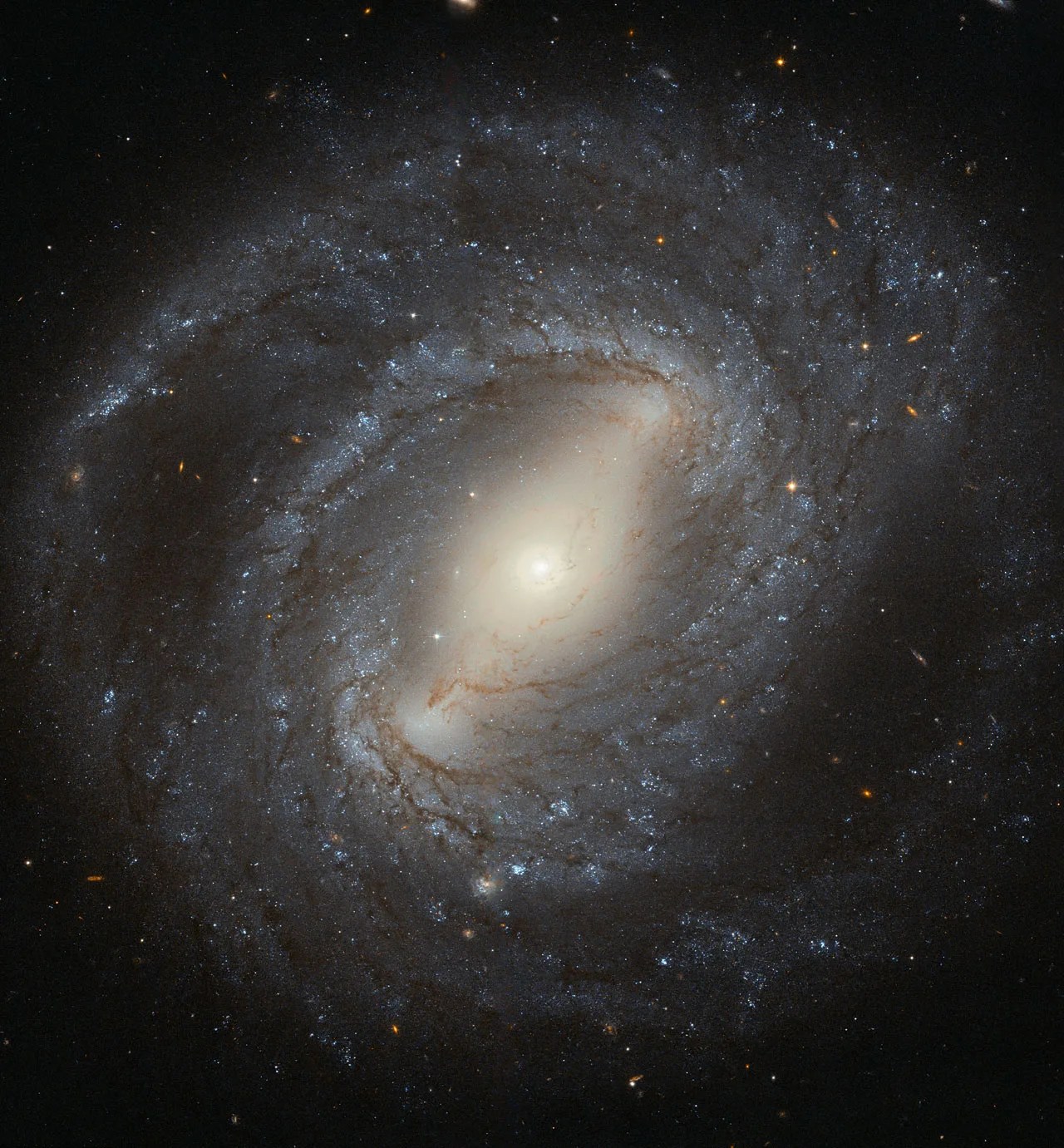2 min read

Discovered in 1784 by the German–British astronomer William Herschel, NGC 4394 is a barred spiral galaxy situated about 55 million light-years from Earth. The galaxy lies in the constellation of Coma Berenices (Berenice's Hair) and is considered to be a member of the Virgo Cluster.
NGC 4394 is the archetypal barred spiral galaxy, with bright spiral arms emerging from the ends of a bar that cuts through the galaxy’s central bulge. These arms are peppered with young blue stars, dark filaments of cosmic dust, and bright, fuzzy regions of active star formation. At the center of NGC 4394 lies a region of ionized gas known as a low-ionization nuclear emission-line region (LINER). LINERs are active regions that display a characteristic set of emission lines in their spectra— mostly from weakly ionized atoms of oxygen, nitrogen and sulphur.
Although LINER galaxies are relatively common, it’s still unclear where the energy comes from to ionize the gas. In most cases it is thought to be the influence of a black hole at the center of the galaxy, but it could also be the result of a high level of star formation. In the case of NGC 4394, it is likely that gravitational interaction with a nearby neighbor has caused gas to flow into the galaxy’s central region, providing a new reservoir of material to fuel the black hole or to make new stars.
Text credit: European Space Agency







